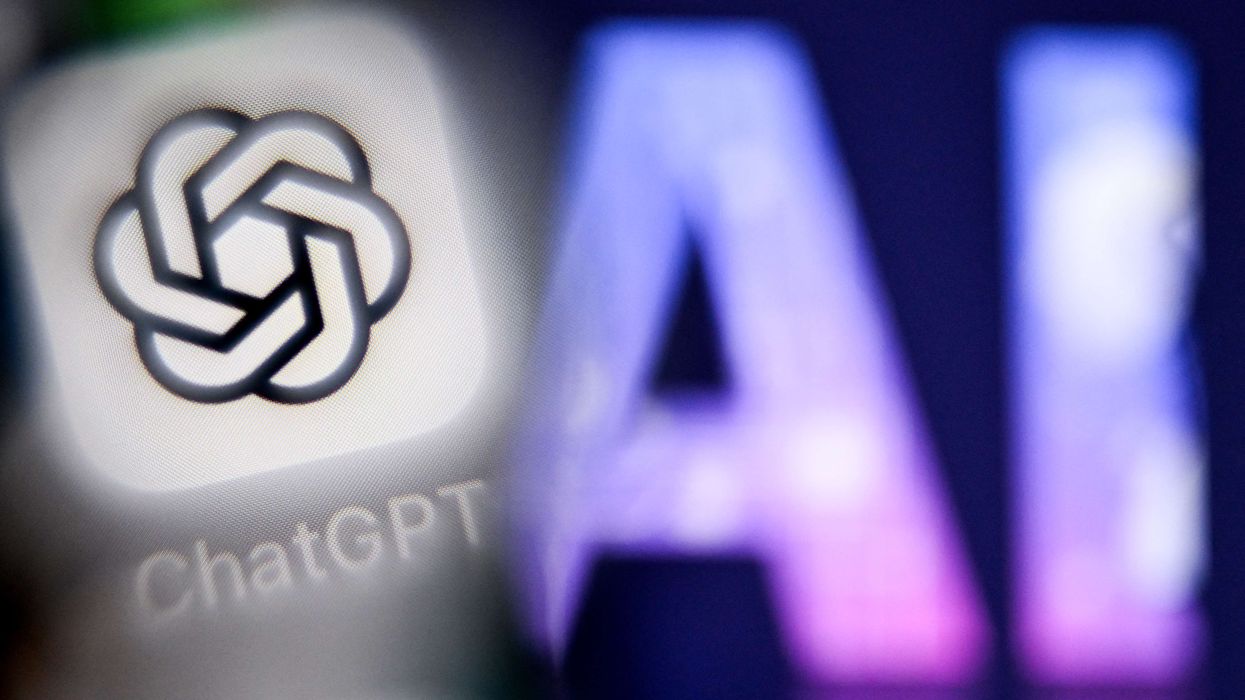Highlights:
- HMD launches Fuse phone with AI built into operating system to block sexual content
- AI system prevents children from creating, viewing, or sharing nude images, even in livestreams
- Technology developed by UK firm SafeToNet cannot be bypassed, unlike traditional parental controls
- Features include app management, screen-time limits, location tracking, and contact controls
A breakthrough in online child safety
Europe’s largest smartphone manufacturer, HMD, has launched the world’s first phone designed to stop children from accessing or creating nude content. The device, named Fuse, embeds artificial intelligence directly into its operating system, making it impossible to disable or bypass.
The breakthrough has been made possible through collaboration with UK AI specialists SafeToNet, supported by the Government, as part of wider efforts to strengthen online child protection.
How the AI technology works
The phone’s AI, known as HarmBlock, automatically detects and blocks nude or sexual content before it reaches a child. This includes images shared via messaging apps, social media, or livestreams.
Uniquely, the technology also works through the device’s camera and video functions. It prevents children from taking or sending sexual selfies, a measure designed to reduce risks of exploitation by predators or peer pressure.
SafeToNet’s system has been ethically pre-trained on 22 million harmful images, making it the first tool of its kind that is integrated into a phone’s core software. Future updates will extend the AI’s protections to include violent, graphic, and self-harm content.
Support from government
Peter Kyle, the Technology Secretary, welcomed the launch, saying:
“With the latest online safety laws recently coming into force, we’ve started laying the foundations for a safer online world. But the work doesn’t end here – we want the internet to be a place where young people can flourish, expand their horizons, pursue their passions and access education in ways no generation has before, all while trusting that the technology they use keeps them safe.”
Parental controls and safety features
Alongside its AI safeguards, the Fuse phone includes comprehensive parental controls. Parents can approve or block apps, set daily time limits, and schedule device-free periods, such as at bedtime or during study.
The phone also offers real-time location tracking, safe zone alerts, and contact management. Parents can restrict calls and messages to trusted contacts, adding an extra layer of protection.
A new category of device
James Robinson, vice-president of HMD Family, described the Fuse phone as more than just a new model:
“We’ve created not just a new phone, but a new category. One that recognises children’s evolving needs and puts safety at the heart of the experience from day one. When you give your child a smartphone, you bring a stranger and unknown dangers into your home. Now, you have peace of mind that there’s protection in place even when you can’t be there, all while keeping their privacy intact.”














